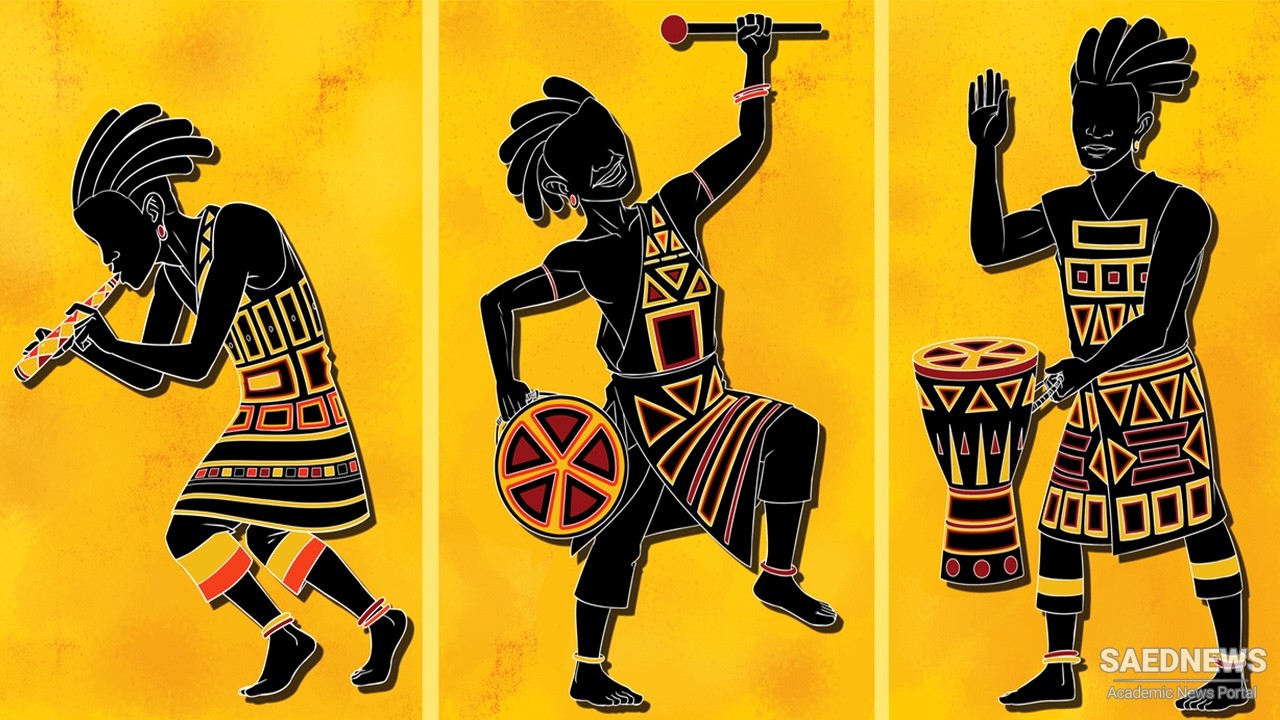Instruments create consequences everywhere, as happened with the spread of the accordion in nineteenth-century rural Europe, the guitar’s intervention in African music in colonial times, or the sudden influx of fiddles and guitars into rural America when the invention of the mail-order catalog brought instruments to even the most remote locations. As commercial media enter the scene, the figure of the popular singing star can shift the aesthetic, social, and economic dynamics of the music scene. This happened with the invention of the radio musician in Afghanistan in the 1960s, or the African jelis’ move into the commercial world-music scene in the 1970s. New media can seriously expand the range of participatory possibilities, even where older folk music worlds keep on functioning. Part of the process of everyday invention that keeps folk music on the move is the active thinking and talking that shapes how people imagine and create their social soundscape. In any given society, amateurs or professionals may choose to talk about folk music or keep it a tacit understanding. Bernard Lortat-Jacob noticed the difference in researching two Mediterranean musics, contrasting Morocco with Sardinia: “The music of Morocco (at least the mountain music so loved by many) could not be commented on; it was played, that is all . . . what I was to discover in Sardinia, . . . was a delight in the spoken word and, as far as music, poetry, and dance were concerned, a natural inclination toward the explicit.” Some people like to articulate their thoughts about music, and some like to keep quiet. It has nothing to do with the oral or the printed, the “developing” or the “advanced.” It is a kind of verbal aesthetic.


 Musical Relevance of Folk Music
Musical Relevance of Folk Music














































